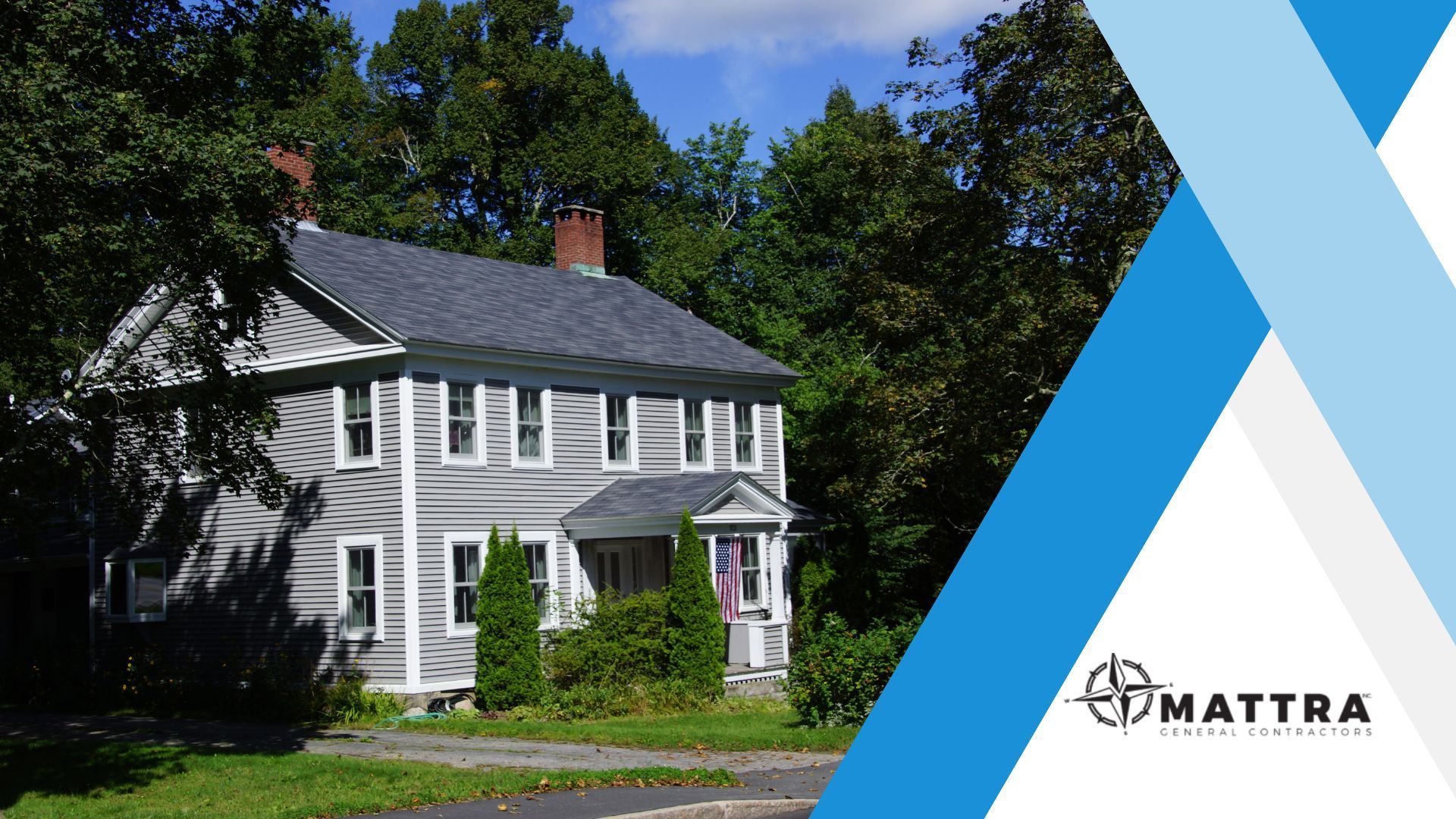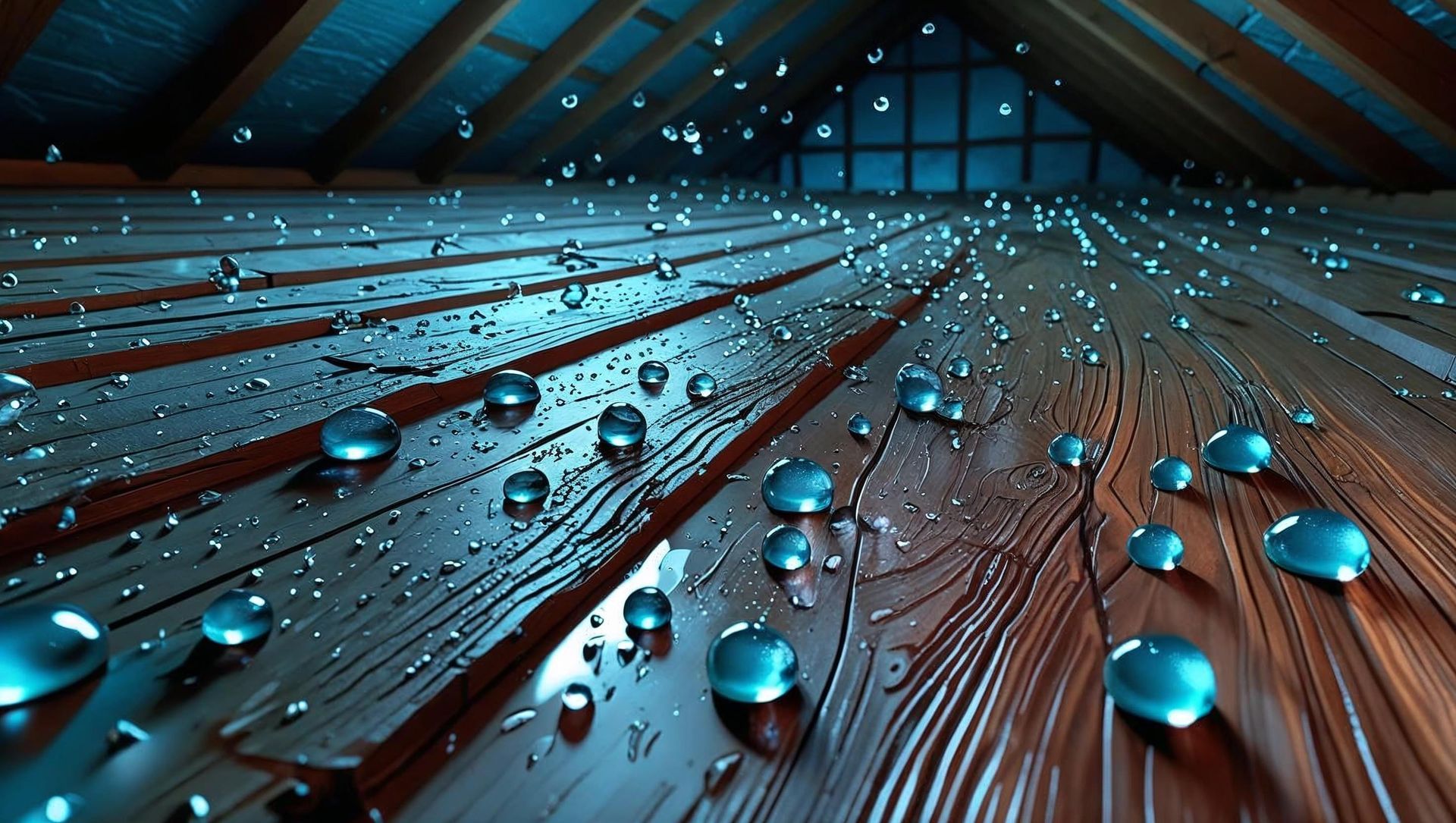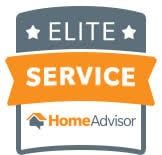Efficiency Maine - What Home Improvements Increase Resale Value
Maximizing Home Resale Value with Minimal Effort
Selling your home presents a unique challenge: how do you maximize its value without draining your resources or time? It's a delicate balance, one that often leads to differing opinions. Perhaps your realtor suggests one strategy, your husband another, and you find yourself caught in the middle, looking for the most effective solution. The goal is to enhance your home's appeal to potential buyers without significant 'out of pocket' expenses. Fortunately, for Mainers, this balance is not only possible but can be financially rewarding, thanks to available rebates through Efficiency Maine.

Maine's Top 5 Home Value Boosters
For Maine homeowners seeking to enhance their property's market value, here are five proven strategies. Each not only promises a good return on investment but also may qualify for financial incentives through Efficiency Maine, reducing your upfront costs.
Expanding on the top 5 home value boosters for Maine homeowners, let's delve deeper into each upgrade, highlighting the specific out-of-pocket costs, time requirements, and the potential savings through the Efficiency Maine Rebate Program.
1. Energy-Efficient Insulation
- Upgrade Details: Enhancing your home with high-quality insulation like cellulose or spray foam to improve energy efficiency and comfort.
- Out-of-Pocket Cost: Initial costs can range from $1,000 to $10,000 (or more), depending on the size of your home and the type of insulation used. After Efficiency Maine rebates, homeowners only pay 40-80% of the total cost.
- Time Requirement: Typically completed within 2-4 days, depending on the complexity and scale of the project.
2. Modern Heating Systems
- Upgrade Details: Installing a new, energy-efficient heating system, such as a heat pump, to provide more consistent heating and lower energy bills.
- Out-of-Pocket Cost: Costs vary widely by system type and home size but expect to spend $3,000 to $8,000 before rebates. Efficiency Maine offers rebates that can significantly reduce net expenses.
- Time Requirement: Installation generally takes 3-5 days, with some variance based on system complexity and home layout.
3. Solar Panels
- Upgrade Details: Adding solar panels to reduce reliance on the grid and attract buyers interested in sustainable living.
- Out-of-Pocket Cost: Initial installation costs can range from $10,000 to $25,000. Federal tax incentives can lower the final cost by 20-30%.
- Time Requirement: Solar panel installation can take from a few days to a week, depending on the number of panels and site conditions.
4. Low-Flow Plumbing Fixtures
- Upgrade Details: Replacing existing plumbing fixtures with low-flow toilets, showerheads, and faucets to reduce water usage and costs.
- Out-of-Pocket Cost: The cost for new fixtures and installation can range from $100 to $500 per fixture, with potential for minor rebates or incentives.
- Time Requirement: Most upgrades can be completed within a day, offering an immediate impact on water conservation and utility bills.
5. Smart Home Technology
- Upgrade Details: Integrating smart devices like thermostats, lights, and security systems to increase efficiency and appeal.
- Out-of-Pocket Cost: Depending on the devices chosen, costs can range from $500 to $2,000 for a basic setup.
- Time Requirement: Installation is usually quick, with most systems being up and running within a day, though planning and customization may add to the timeline.
Each of these upgrades not only enhances the comfort and appeal of your home but also leverages the Efficiency Maine Rebate Program to minimize your upfront costs, making them both smart and sustainable choices for increasing your home's market value.
Claiming Your Efficiency Maine Rebates through Mattra Inc
To take advantage of the Efficiency Maine Rebate Program, start by completing the Get Started Form with Mattra Inc. This simple process not only helps you identify qualifying improvements but also assists in maximizing your rebates, ensuring your home improvements are both beneficial and cost-effective.
Secure Your Free Estimate Today
Ready to increase your home's resale value with minimal out-of-pocket costs?
Complete our Get Started Form or call us at 207-777-6020 for free estimates and to check your eligibility for rebates. Don't miss this opportunity to enhance your home's market appeal while enjoying the benefits of energy efficiency.








